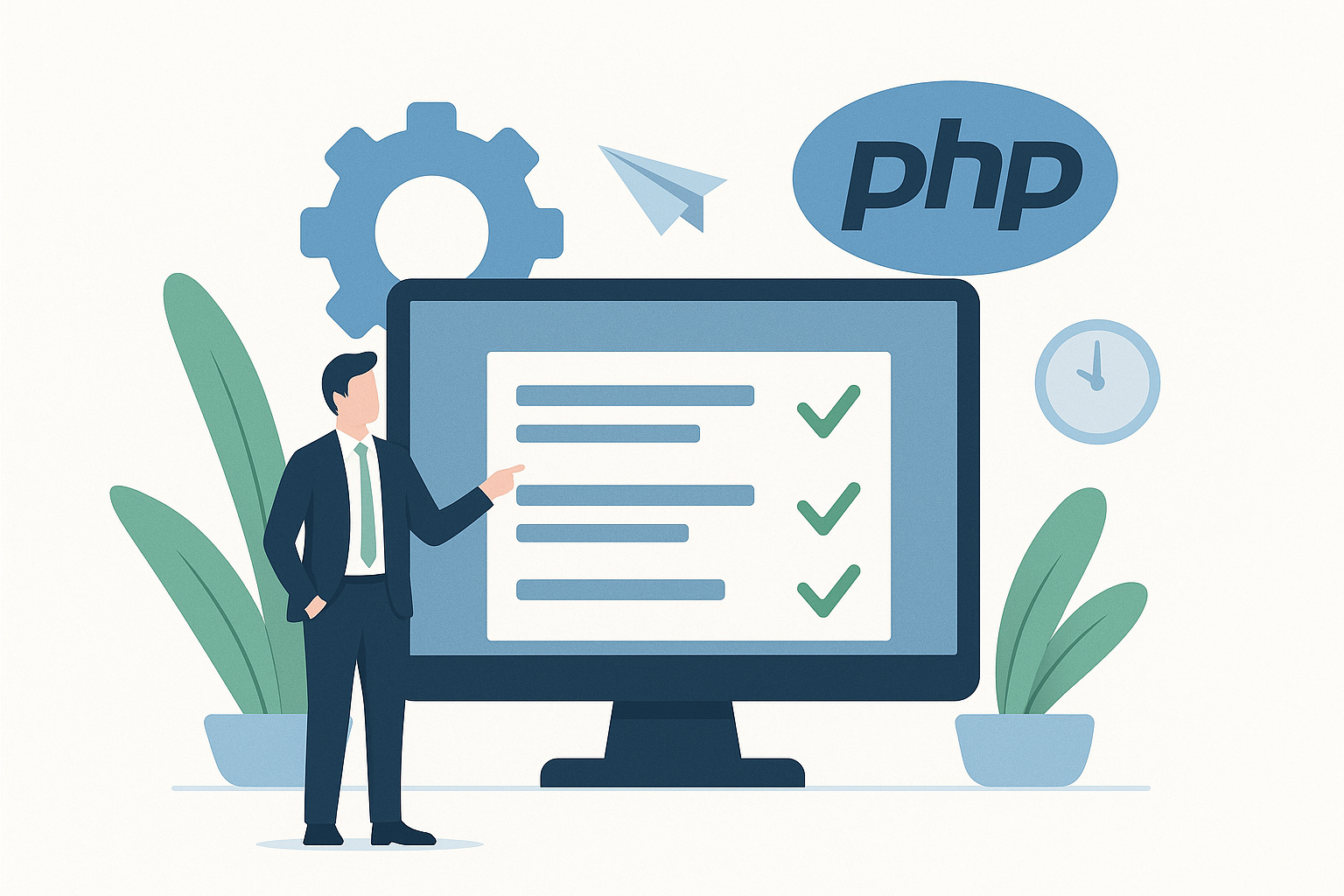Managing a high-performing PHP team can sometimes feel like juggling flaming chainsaws while riding a unicycle. There’s a constant urge to do more—add more tools, more processes, more layers of abstraction—all in the name of productivity and scalability. But here’s the kicker: sometimes, all that “more” ends up doing less for your team.
I’ve led remote PHP teams where the temptation to engineer the “perfect” workflow loomed large. On paper, the combo of kanban boards, CI pipelines, code review bots, sprint retrospectives, daily standups, and Slack integrations sounds like a dream. But what if your team just needs a clear roadmap, solid communication, and a bit of breathing room?
Start With Trust, Not Tools
A high-performing team thrives on trust, not micromanagement. Overengineering workflows often signals a lack of confidence. It sends the message that without rigid structure, the team can’t be trusted to deliver. But the best devs I’ve worked with flourish when given autonomy and clarity.
Instead of creating layers of process to ensure productivity, start with a lightweight workflow. Focus on outcomes. If the team consistently hits targets and ships quality code, resist the urge to “optimize” things further. Sometimes the best optimization is restraint.
Keep Workflows Lean and Human-Centric
Every new tool or process should be solving a real problem—not adding friction. When evaluating whether to introduce a new workflow step, I ask:
- Does this solve a pain point the team actually feels?
- Does this save more time than it consumes?
- Does this empower developers, or just track them?
If a new workflow answers “no” to any of those, it’s probably bloat.
For example, a fancy CI/CD tool might auto-check pull requests against 20 rules. But if the same goal can be met with a solid code style guide and mutual trust during reviews, do you really need it?
Prioritize Communication Over Configuration
Don’t confuse better tooling with better communication. Some of the biggest team wins I’ve seen came not from tooling, but from simply talking more often—and more meaningfully. A weekly check-in or async status update can replace half the process bloat some teams live with.
Ask your team what slows them down. Is it waiting on reviews? Poorly scoped tickets? Vague priorities? Solve those first. You’d be surprised how often workflow issues are really just communication issues.
Empower Developers With Context
High-performing teams don’t need to be babysat, but they do need to understand the bigger picture. Give your devs access to the roadmap. Help them understand why they’re building something, not just what. When they know the “why,” they can make better decisions about the “how.”
This context is what makes lightweight workflows work. Without it, devs are just code robots. With it, they become problem-solvers.
Avoid the “Senior Bottleneck” Trap
One common cause of overengineering is trying to preemptively prevent mistakes by junior devs. So we add layers of checks, review queues, pair programming mandates. But this can burn out seniors and stall delivery.
A better approach? Invest time in mentoring. Build a culture where learning is continuous and mistakes are okay. This scales far better than process-heavy safeguards.
Let Teams Shape Their Own Flow
Top-down workflow design often misses the nuances of how your team actually works. Involve them in shaping how code gets from idea to production. You’ll get more buy-in, and probably better ideas than if you’d tried to do it all yourself.
In one team I led, we dumped two internal tools after the devs admitted they were just “checkboxes for the manager.” We replaced them with a shared Google doc and a quick daily async update—and productivity actually went up.
Final Thoughts
The best workflows aren’t the most sophisticated—they’re the ones that get out of the way. Managing a high-performing PHP team is about enabling, not controlling. Keep things lean, context-rich, and people-focused.
Trust your team. And if they’re really high-performing, get out of their way.
